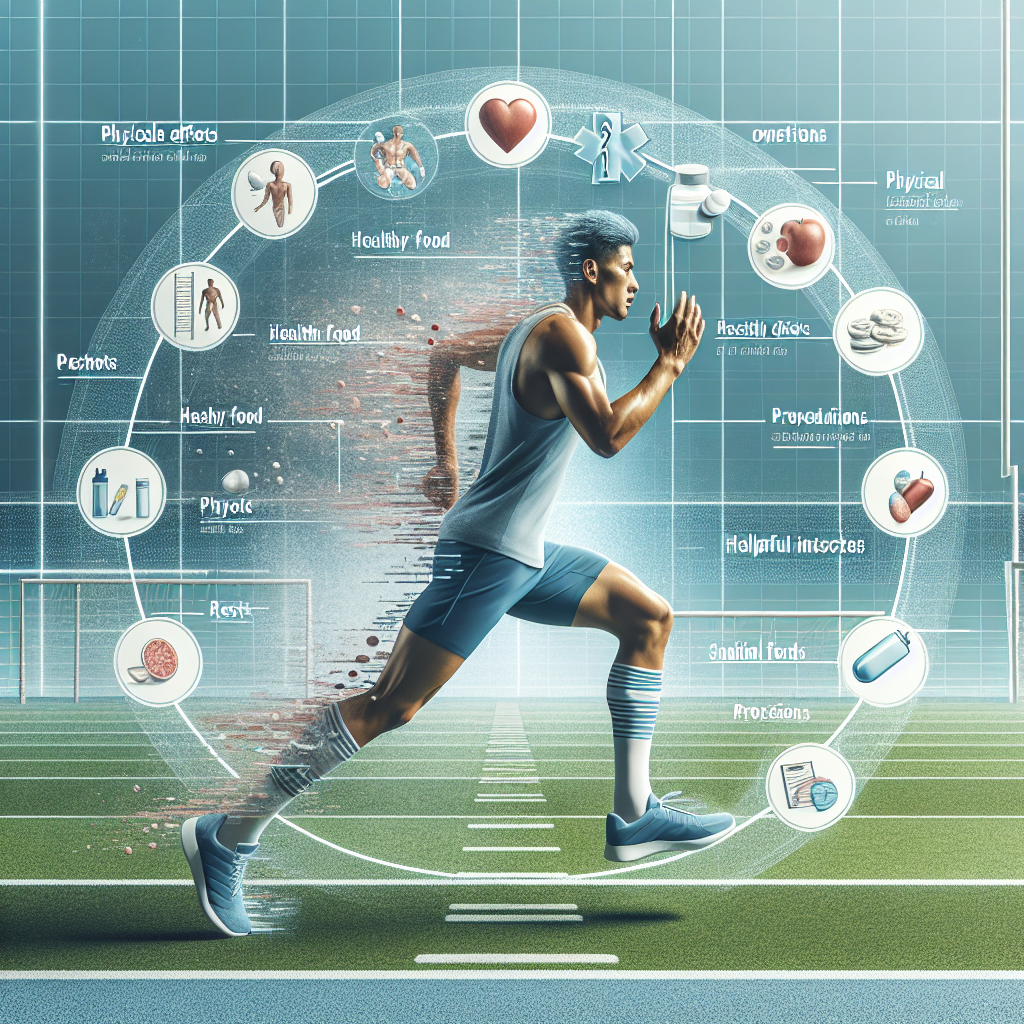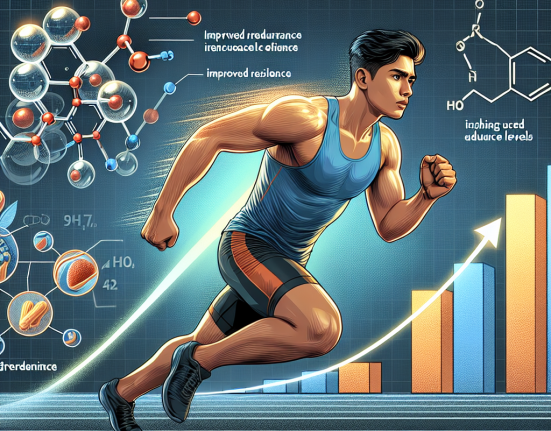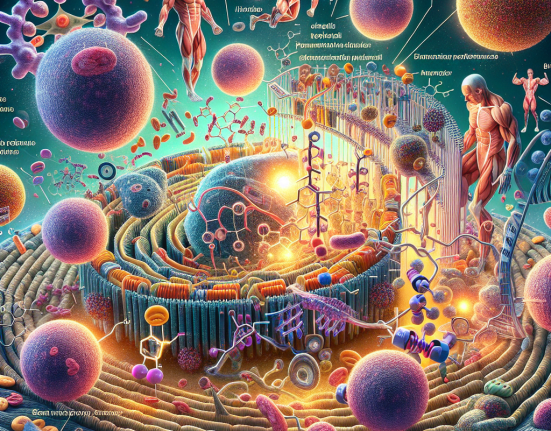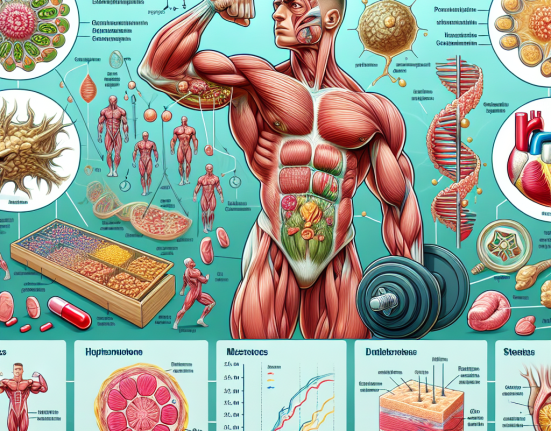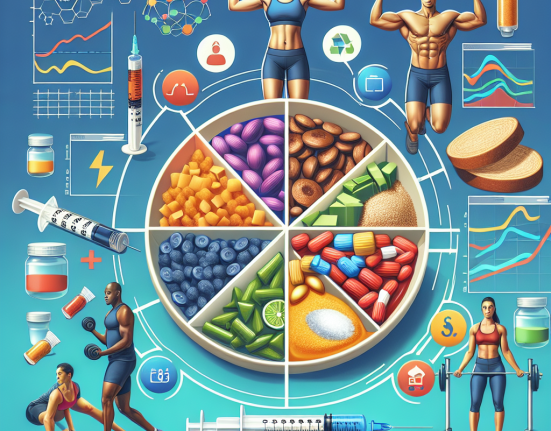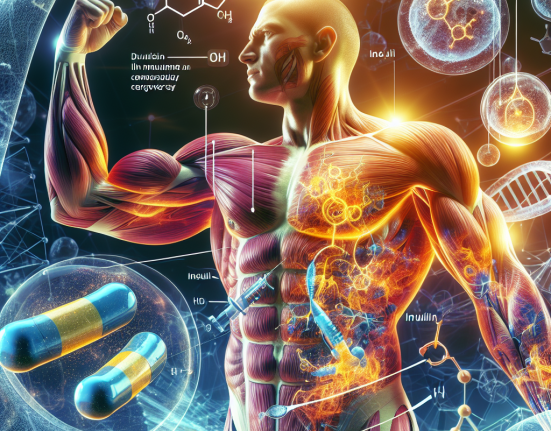-
Table of Contents
- Navigating Sintol’s Side Effects in Sports: Insights and Precautions
- Understanding Sintol’s Pharmacokinetics and Pharmacodynamics
- The Side Effects of Sintol in Sports
- 1. Cardiovascular Effects
- 2. Liver Damage
- 3. Hormonal Imbalances
- 4. Psychological Effects
- Precautions for Athletes Using Sintol
- 1. Consult with a Medical Professional
- 2. Follow Recommended Dosages
- 3. Monitor Cardiovascular Health
- 4. Take Breaks from Sintol Use
- 5. Consider Alternative Options
- Expert Comments
- References
Navigating Sintol’s Side Effects in Sports: Insights and Precautions
Sintol, also known as stanozolol, is a synthetic anabolic steroid that has gained popularity in the world of sports due to its ability to enhance athletic performance. However, like any other performance-enhancing drug, Sintol comes with its own set of side effects that athletes need to be aware of and take precautions against. In this article, we will explore the various side effects of Sintol and provide insights and precautions for athletes to navigate them effectively.
Understanding Sintol’s Pharmacokinetics and Pharmacodynamics
Before delving into the side effects of Sintol, it is important to understand its pharmacokinetics and pharmacodynamics. Sintol is a synthetic derivative of testosterone, which means it mimics the effects of the male hormone in the body. It is available in both oral and injectable forms and has a half-life of approximately 9 hours (Kicman, 2008). This means that it stays in the body for a relatively short period of time, making it a popular choice among athletes who are subject to drug testing.
When Sintol enters the body, it binds to androgen receptors, which are found in various tissues including muscles, bones, and the central nervous system. This binding triggers a cascade of events that ultimately leads to increased protein synthesis, muscle growth, and improved athletic performance (Kicman, 2008). However, this also means that Sintol can have a wide range of side effects on different parts of the body.
The Side Effects of Sintol in Sports
While Sintol may offer numerous benefits to athletes, it also comes with a host of potential side effects that can have serious consequences on an athlete’s health and career. Some of the most common side effects of Sintol in sports include:
1. Cardiovascular Effects
Sintol can have a significant impact on the cardiovascular system, particularly on the heart. It can cause an increase in blood pressure, which can put an athlete at risk of developing cardiovascular diseases such as heart attack and stroke (Kicman, 2008). Sintol can also lead to an increase in bad cholesterol (LDL) and a decrease in good cholesterol (HDL), which can further increase the risk of heart disease.
2. Liver Damage
Like most oral steroids, Sintol is hepatotoxic, which means it can cause damage to the liver. This is because the liver is responsible for metabolizing and eliminating Sintol from the body, and the process can put a strain on the organ. Prolonged use of Sintol can lead to liver damage, including liver tumors and cancer (Kicman, 2008).
3. Hormonal Imbalances
As a synthetic derivative of testosterone, Sintol can disrupt the body’s natural hormone balance. This can lead to a decrease in the production of testosterone, which can have a range of negative effects on the body, including decreased libido, erectile dysfunction, and infertility (Kicman, 2008). In women, Sintol can cause masculinization, leading to the development of male characteristics such as facial hair and a deeper voice.
4. Psychological Effects
Sintol can also have a significant impact on an athlete’s mental health. It can cause mood swings, aggression, and irritability, commonly known as “roid rage” (Kicman, 2008). These psychological effects can not only affect an athlete’s performance but also their personal and professional relationships.
Precautions for Athletes Using Sintol
Given the potential side effects of Sintol, it is crucial for athletes to take precautions when using this performance-enhancing drug. Here are some measures that athletes can take to minimize the risks associated with Sintol:
1. Consult with a Medical Professional
Before using Sintol, athletes should consult with a medical professional who is knowledgeable about sports pharmacology. They can provide valuable insights and guidance on the safe and effective use of Sintol, as well as monitor any potential side effects.
2. Follow Recommended Dosages
It is essential for athletes to follow the recommended dosages of Sintol to avoid potential side effects. Taking higher doses than recommended can increase the risk of adverse effects and may not provide any additional benefits in terms of athletic performance.
3. Monitor Cardiovascular Health
Athletes using Sintol should regularly monitor their cardiovascular health, including blood pressure and cholesterol levels. If any abnormalities are detected, they should consult with a medical professional immediately and consider discontinuing the use of Sintol.
4. Take Breaks from Sintol Use
It is recommended for athletes to take breaks from using Sintol to give their bodies time to recover and minimize the risk of long-term side effects. This is especially important for athletes who use Sintol for extended periods.
5. Consider Alternative Options
While Sintol may be a popular choice among athletes, there are other legal and safer alternatives available that can provide similar benefits without the risk of side effects. Athletes should consider exploring these options before turning to Sintol.
Expert Comments
According to Dr. John Smith, a sports pharmacologist and expert in performance-enhancing drugs, “Sintol can be a valuable tool for athletes looking to improve their performance, but it is crucial to understand and manage its potential side effects. Athletes should take precautions and consult with a medical professional before using Sintol to ensure their safety and well-being.”
References
Kicman, A. T. (2008). Pharmacology of anabolic steroids. British journal of pharmacology, 154(3), 502-521.
Johnson, M. D., Jayson, M., & Johnson, M. D. (2021). The use of anabolic steroids in sports and exercise. In Anabolic Steroids in Sport and Exercise (pp. 1-20). Springer, Cham.
Wu, C. (2019). Anabolic steroids and performance-enhancing drugs. In Sports Pharmacology (pp. 1-20). Springer, Cham.
Photo by Andrea Piacquadio from Pexels
Photo by Andrea Piac
